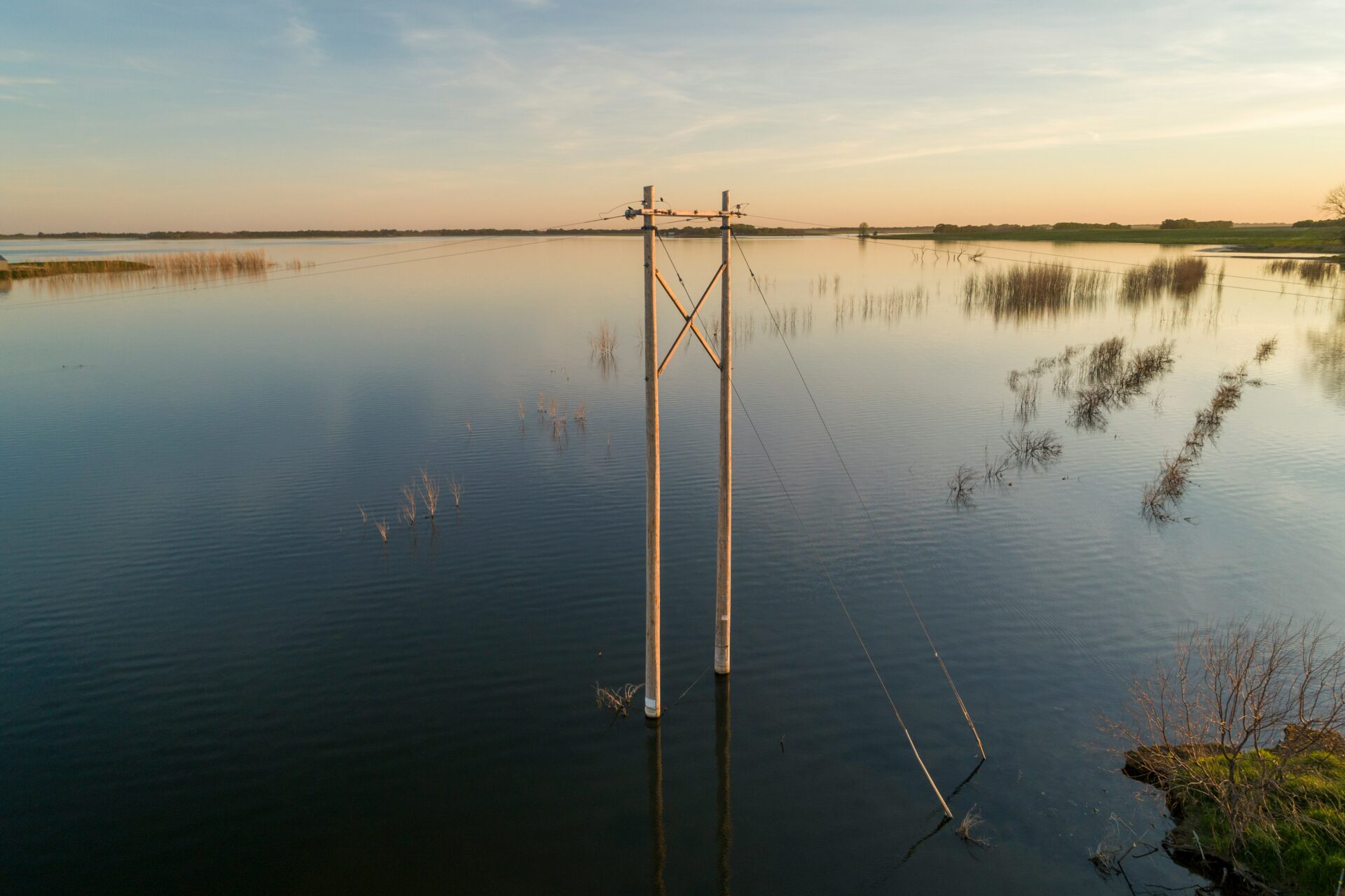Rapid Spatio-Temporal Flood Modeling: Hydraulic GNN Approach

- Date
- Friday 16 February 2024, 11am - 12pm
- Location
- Room 11.87, Leeds Institute for Data Analytics (LIDA) / Online (MS Teams), Worsley Building, Floor 11, Leeds, LS2 9NL
Abstract:
Numerical modelling is a reliable tool for flood simulations, but accurate solutions are computationally expensive. In the recent years, researchers have explored data-driven methodologies based on neural networks to overcome this limitation. However, most models are used only for a specific case study and disregard the dynamic evolution of the flood wave. This limits their generalizability to topographies that the model was not trained on and in time-dependent applications.
In this talk, we introduce a hydraulics-inspired surrogate model based on Graph Neural Networks (GNN) that can be used for rapid spatio-temporal flood modelling. The model exploits the analogy between finite volume methods, used to solve the shallow water equations, and GNNs. For a computational mesh, we create a graph by considering finite-volume cells as nodes and adjacent cells as connected by edges. The inputs are determined by the topographical properties of the domain and the initial hydraulic conditions. The GNN then determines how fluxes are exchanged between cells via a learned local function.
We overcome the time-step constraints by stacking multiple GNN layers, which expand the considered space instead of increasing the time resolution. We also propose a multi-step-ahead loss function along with a curriculum learning strategy to improve the stability and performance. We validate this approach using a dataset of two-dimensional dike breach flood simulations on randomly-generated digital elevation models, generated with a high-fidelity numerical solver.
Bio:
Roberto Bentivoglio is a PhD researcher at Delft University of Technology working on the integration of deep learning and flood modelling. He has a BSc and a MSc in hydraulic engineering, which he obtained at the University of Pavia.
